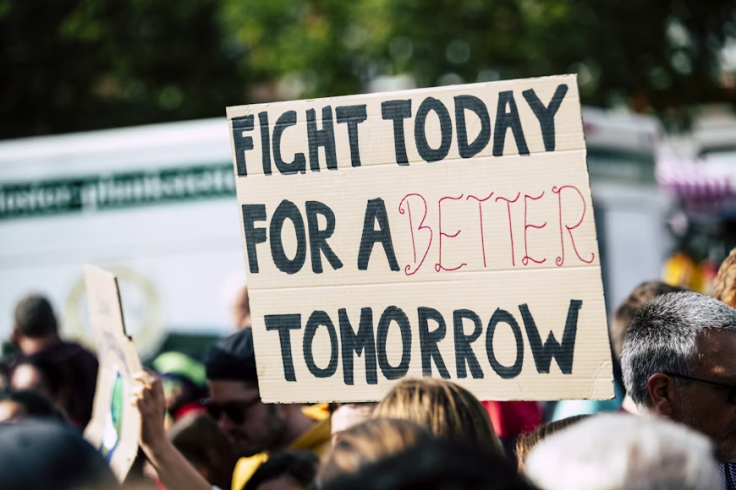In the wake of student protests across various campuses regarding the Israel-Hamas conflict, several colleges and universities have faced heightened tensions surrounding their responses to these demonstrations. Recent actions by institutions such as the Massachusetts Institute of Technology (MIT), Stanford University, and Brown University have come under scrutiny, prompting discussions about the balance between free speech and campus safety.

MIT's Response: Striking a Balance
Last week, MIT found itself embroiled in controversy after suspending the Coalition Against Apartheid, a student group, for organizing a demonstration without adhering to campus protocols. While MIT President Sally Kornbluth stressed that the suspension was not related to the content of the group's speech, critics argue that it may have implications for free expression on campus. The Coalition Against Apartheid has vehemently contested the suspension, asserting that it undermines their right to engage in peaceful protest.
The decision reflects MIT's efforts to strike a balance between upholding free speech and maintaining order on campus. However, it has reignited debates about the boundaries of student activism and the role of universities in addressing contentious issues. As MIT navigates this delicate situation, it faces pressure to ensure that its actions are consistent with its commitment to fostering a diverse and inclusive academic environment.
Stanford's Stance: Upholding Campus Safety
Similarly, Stanford University grappled with a prolonged sit-in protest by students advocating for Palestinian rights. After months of occupation, university officials intervened, urging the protesters to vacate the premises. This move, which followed concerns about the protest's impact on campus safety, has elicited mixed reactions. While some view it as a necessary step to uphold order and protect the well-being of the campus community, others criticize it as an infringement on students' right to dissent.
The situation at Stanford underscores the challenges faced by college leaders in responding to student protests while balancing competing interests. As the university seeks to address the underlying issues driving the demonstrations, it must navigate complex legal, ethical, and moral considerations. By engaging in dialogue with stakeholders and fostering a climate of open communication, Stanford aims to uphold its commitment to academic freedom while ensuring the safety and well-being of its students.
Brown's Dilemma: Addressing Divestment Demands
At Brown University, students engaged in a hunger strike to protest the university's investment practices related to the arms industry. Despite their efforts, university administrators declined to consider their demands, citing the high threshold for divestment decisions. This decision has sparked further debate about the role of universities in addressing contentious issues and the boundaries of student activism.
Brown's response highlights the complexities inherent in addressing divestment demands and balancing competing interests. While the university acknowledges the importance of student activism, it must also consider its fiduciary responsibilities and the potential impact of divestment decisions on its financial stability. By engaging in constructive dialogue with students and stakeholders, Brown seeks to find common ground and address the underlying concerns driving the protests.
Mixed Reactions and Ongoing Dialogue
The responses from college leaders have drawn varied reactions from students, faculty, and observers. While some applaud the measures as necessary for maintaining campus order and safety, others criticize them as attempts to suppress dissenting voices. Free speech advocates, in particular, have voiced concerns about the potential chilling effect on student activism and the broader implications for academic freedom.
As tensions persist on campuses across the country, dialogue and engagement between students, administrators, and stakeholders remain crucial. Finding a balance between upholding free expression and ensuring campus safety poses a complex challenge for college leaders. Moving forward, continued discussions and efforts to address the underlying issues driving student protests are essential to fostering a supportive and inclusive campus environment.
© 2025 University Herald, All rights reserved. Do not reproduce without permission.








